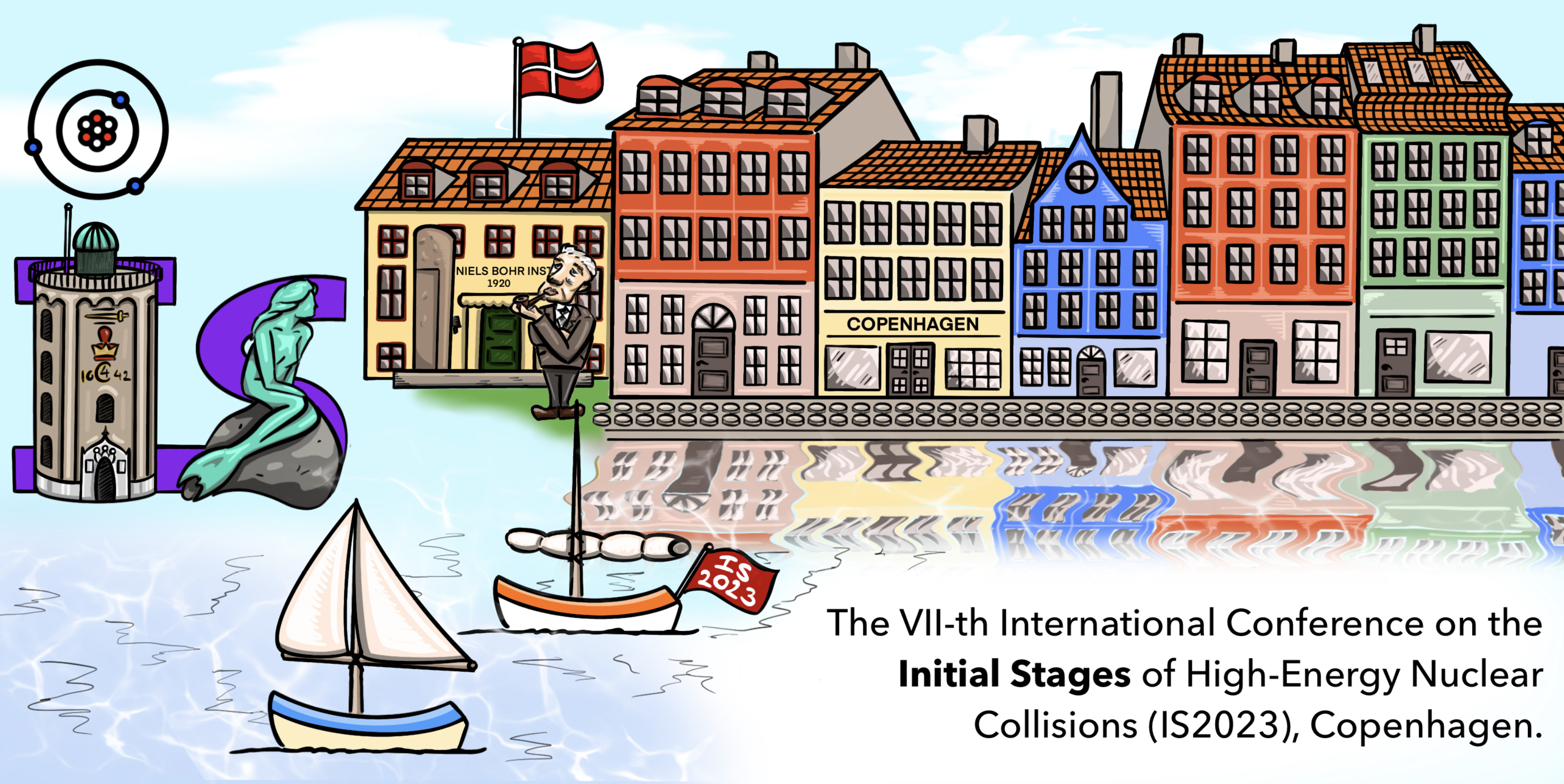Speaker
Description
We present the first studies of net-charge fluctuations and charge-balance functions using the broad rapidity coverage of the CMS experiment. These types of event-by-event fluctuations are a powerful tool to characterize the thermodynamic properties of the quark-gluon plasma (QGP). The net-charge of the system, e.g., quantified by the $\nu_{dyn}$ observable, is a conserved quantity, meaning its fluctuations are sensitive to the QGP formation and phase transition, and hence providing complementary understanding of strong interactions from the charge balance function. Compared to previous measurements, the pseudorapidity range is extended up to $|\eta| < 2.4$. This larger phase space region is essential for studying the system time evolution. The width of the balance function, both in relative $|\eta|$ and relative azimuthal angle, is found to decrease with multiplicity for low particle transverse momentum ($p_{T} < 2$ GeV/c). The effect is observed for both collision systems, and it is consistent with a late hadronization scenario, where particles are produced at a later stage during the system evolution. The multiplicity dependence is weaker for higher $p_{T}$, which signifies that the balancing charge partners are strongly correlated compared to the low-$p_{T}$ region. Model comparisons cannot reproduce the multiplicity dependence of the width in $\Delta\eta$, albeit a model which incorporates collective effects can reproduce the narrowing of the width.
| What kind of work does this abstract pertain to? | Experimental |
|---|---|
| Which experiment is this abstract related to? | CMS |
